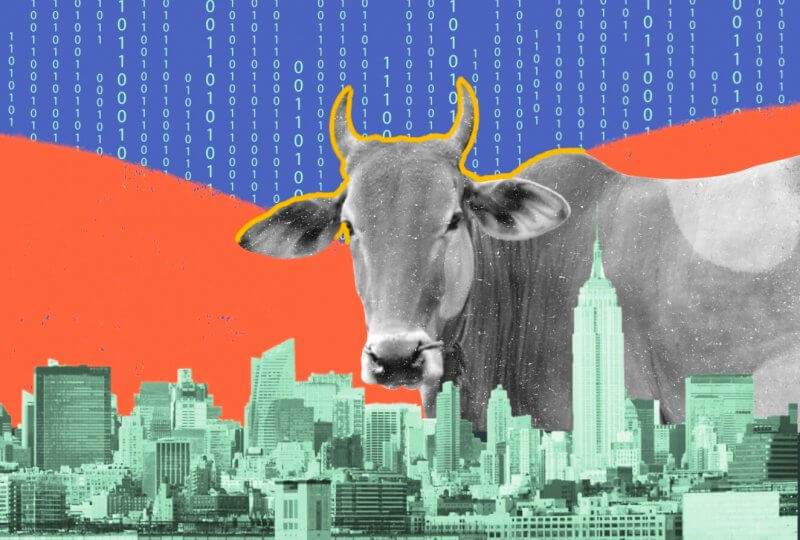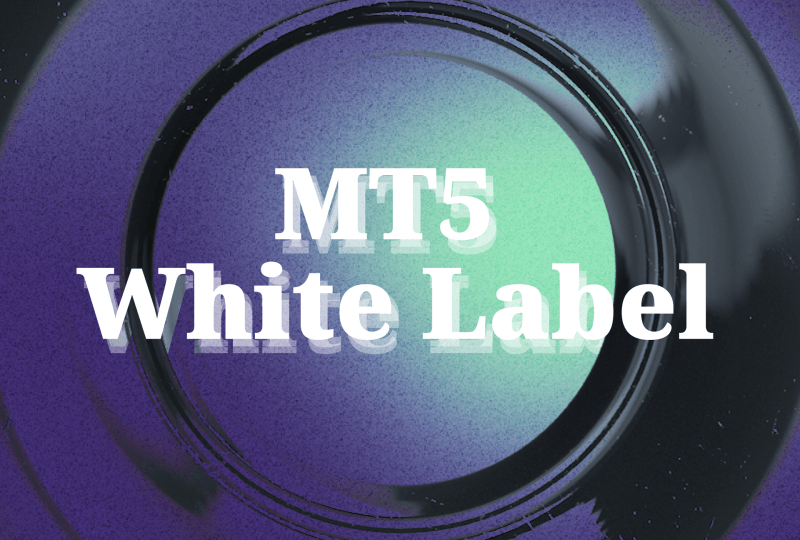What is Yield Farming?
Dec 1, 2021

The explosive growth of Decentralized Finance provides new opportunities for crypto holders. Long-term investors access additional income sources that don’t affect their holdings in general (funds are supposed to be returned). The DeFi sector makes the crypto industry closer to traditional financial instruments, fulfilling the needs of the masses. Loans, deposits, and other traditional services are unlocked for crypto investors.
On top of the herein-mentioned opportunities, the DeFi sector has introduced a brand-new income source – yield farming. Investors use their holdings to get new tokens for free. What does yield farming mean, and how does this earning mechanism work?
The definition of yield farming
The term roots back to the agricultural industry where farmers gather the harvest grown from seeds. The crypto-related process has much in common with traditional farming, as investors “sow” their tokens and expect harvest to take back. The harvest is suggested to be received in other digital currencies delivered to spot accounts.
While diving into the professional definition of the term, yield farming is “rewards obtained as native tokens in exchange for liquidity provided by investors.” Why do projects offer their tokens for investors for free? They get liquidity pools claimed to boost a project’s development.
A win-win partnership: what is the purpose of DeFi liquidity pools?
First and foremost, we need to understand that liquidity is a mechanic core for each DeFi project. The more value is locked under the project’s management, the more users are expected to join a project. Newcomer projects need to attract crowds of investors to make a jumpstart in the market. As such, developers are interested in the growth of a project’s popularity.
Another important factor lies in the basic characteristic of DeFi – projects are decentralized. Crypto holders locking their funds in a liquidity pool are distributed throughout the world; this is why no criminal confederations are possible.
As for an investor’s side, benefits are evident. Providers of crypto liquidity get some new tokens for free, while their own crypto funds are about to return as well.
What is the mechanism of yield farming?
Yield farming consists of the following steps:
1) A crypto holder is looking for a platform where such a possibility is suggested. Yield farming is mainly available on DEXes.
2) Investors select an asset to farm. Rewards are delivered in native tokens – i.e. tokens of a newly issued project. Furthermore, look through the list of available pools – which cryptocurrencies are required to be locked. You need to own the required crypto.
3) Join the pool, locking your assets for a certain period (most yield farming projects require tokens to be locked for at least 30 days). Understand that you cannot access your funds within that period.
4) Get rewards to your wallets. Native tokens are available to be sent, sold, and exchanged for other digital currencies.

What are the core risks of yield farming?
At the first sight, such a solution sounds like a win-win partnership deprived of risks; meanwhile, some risks still take place:
1) Economic risks. When a platform is launched with incorrect economic calculations, investors may lose tokens delivered to liquidity pools.
2) Technical errors. A project is based upon smart contracts, and those contracts need to be secure enough; otherwise, the risk of hacker attacks appears.
3) Scam projects. A project aims to collect as many crypto funds as possible and their mystically disappear.
Top-3 recommendations to keep in mind before yield farming
When an investor is ready to lock funds in a cryptocurrency liquidity aggregator in favor of a certain project, take the following aspects into account first:
1) Pay attention to the volume of funds being locked in a project already. The more funds are delivered – the better. Trust projects that have attracted at least $1 million.
2) APYs are of much account. Projects with an annual percentage rate of over 1000% are rather suspicious. The vast majority of reliable projects suggest APYs of 10-100%.
3) Monitor a project’s social activity. Open Twitter and Facebook accounts – no information is a bright indicator of scam projects.
Professional investors are always aware of tokens available for yield farming, as this solution empowers them to get a native token with high potential for free.




